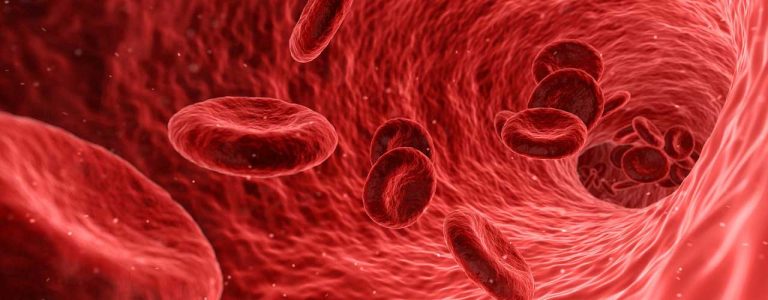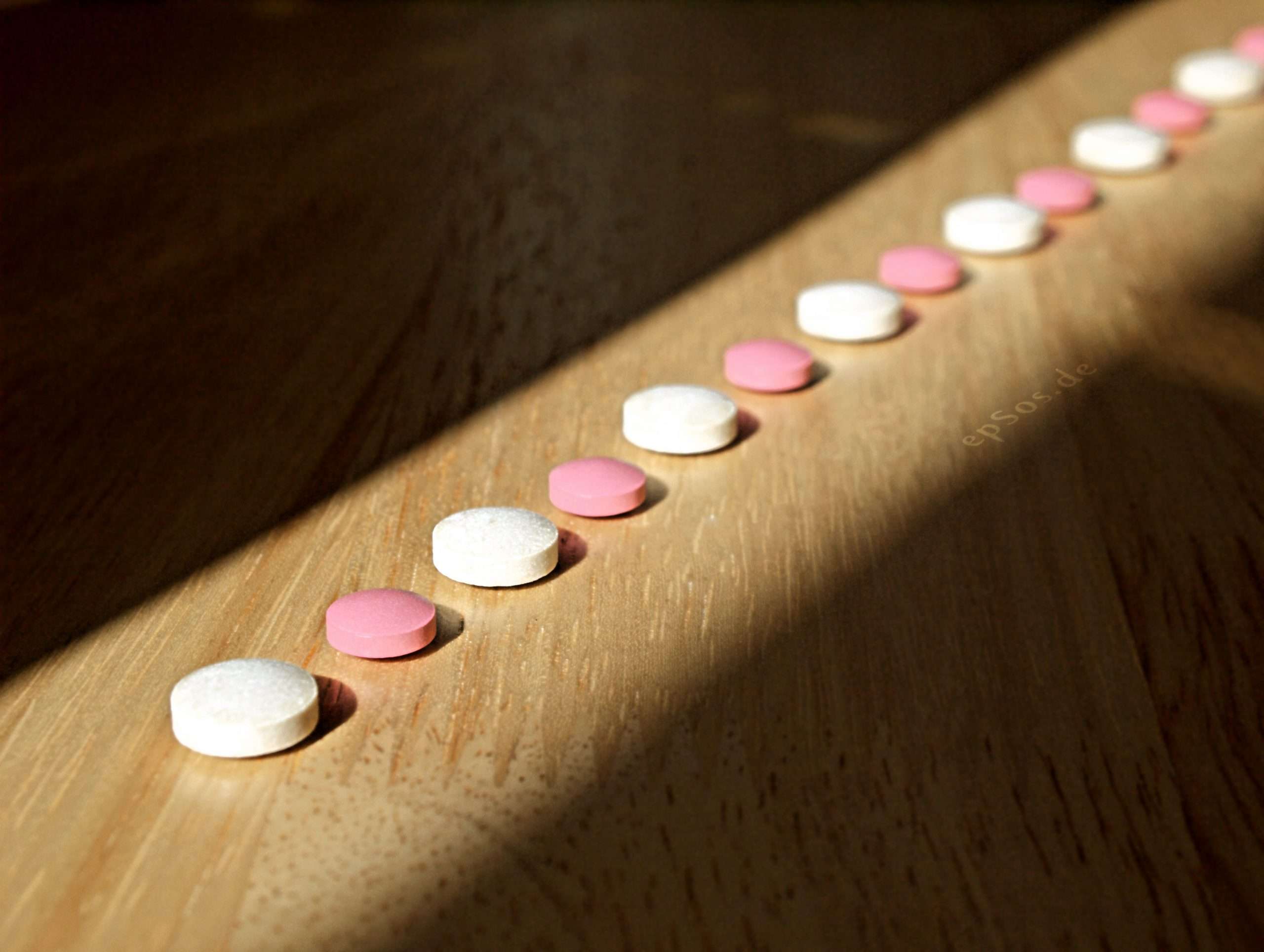The link between drug abuse and crime is clear: people who use and are addicted to alcohol and drugs are more likely to commit crimes, and people who commit crimes are more likely to be substance abusers. The U.S. Department of Justice estimates that 58% of state prisoners and 63% of jailed inmates (operated by county and local law enforcement) meet the criteria for drug dependence or abuse. To put that into perspective, about 5% of the general population of adults 18 and older meets the same criteria.
Find help: Addiction Treatment Center Southern California
Nearly 130,000 people are incarcerated in California’s state prisons, according to the state’s Legislative Analyst’s Office (LAO). About 46% of released prisoners are likely to commit crimes after being released, but prisoners who attend drug or alcohol programs while they’re incarcerated are less likely to go back to lives of crime.
That’s why treating substance abuse in prison is crucial to reducing California’s prison population and recidivism and crime rates.
Rehabilitating California’s Prison Population
The state’s legislature in 2017 produced a white paper that examined recidivism rates among California’s prisoners. Recidivism is what happens when someone commits more crimes after being imprisoned or otherwise rehabilitated and released.
They found that rehabilitation programs were most effective if they have three principles:
- The program is evidence-based, which means that the program has been tested, measured, and proved to reduce recidivism.
- The program is cost-effective.
- It focuses on high-risk and high-need inmates who have the highest potential for recidivism.
Here is where the report gets interesting to us here at Cornerstone.
The state funds what they call “slots” for rehabilitation programs, which are divided into five categories: academic education, cognitive behavior therapy, employment preparation and career technical training, and substance use disorder treatment. Interestingly, substance use disorder treatment receives the second smallest slice of the funding pie.
Source: loa.ca.gov
When the same paper looked at inmates’ rehabilitation needs, they found that substance abuse disorders were the number one issues that California’s prison population needed treatment for.
COMPAS — the Correctional Offender Management Profiling for Alternative Sanctions tool that is used to collect and analyze data about California’s prisoners — reports that the top five rehabilitative needs among inmates are:
- 66% need substance abuse disorder treatment
- 51% need anger management
- 41% need criminal thinking rehabilitation
- 38% need employment services
- 22% need family support
Drug abuse doesn’t end when someone enters the prison’s walls. Contraband slips through in many forms, including illegal drugs and alcohol, leading to some frightening statistics.
Drug Use In California Prisons
Just two years ago, CDCR reported a 113% increase in prisoner overdoses (almost 1,000 overdoses in 2018) because illegal drugs keep making their way past prison guards and landing in the hands of inmates.
To address some of the addiction problems in California prisons, some prisons are administering anti-addiction medications in addition to counseling and rehabilitation therapy. According to California Healthline, one in five California inmates used heroin or opioids before becoming imprisoned.
The Solution
Cornerstone is one of California’s oldest and most respected drug and alcohol addiction rehabilitation centers, and as much as we know about the causes of addiction, the types of addiction, and how to treat addiction, we can’t control what we can’t control.
Our services have saved many lives and helped addicts before they turn to crime. We’ve also supported many people who’ve struggled with legal problems, both before and after being imprisoned. You are not alone, and if you have questions about our services, our processes, our methodology or our rehabilitation center, reach out to us. We are available every hour of the day.






